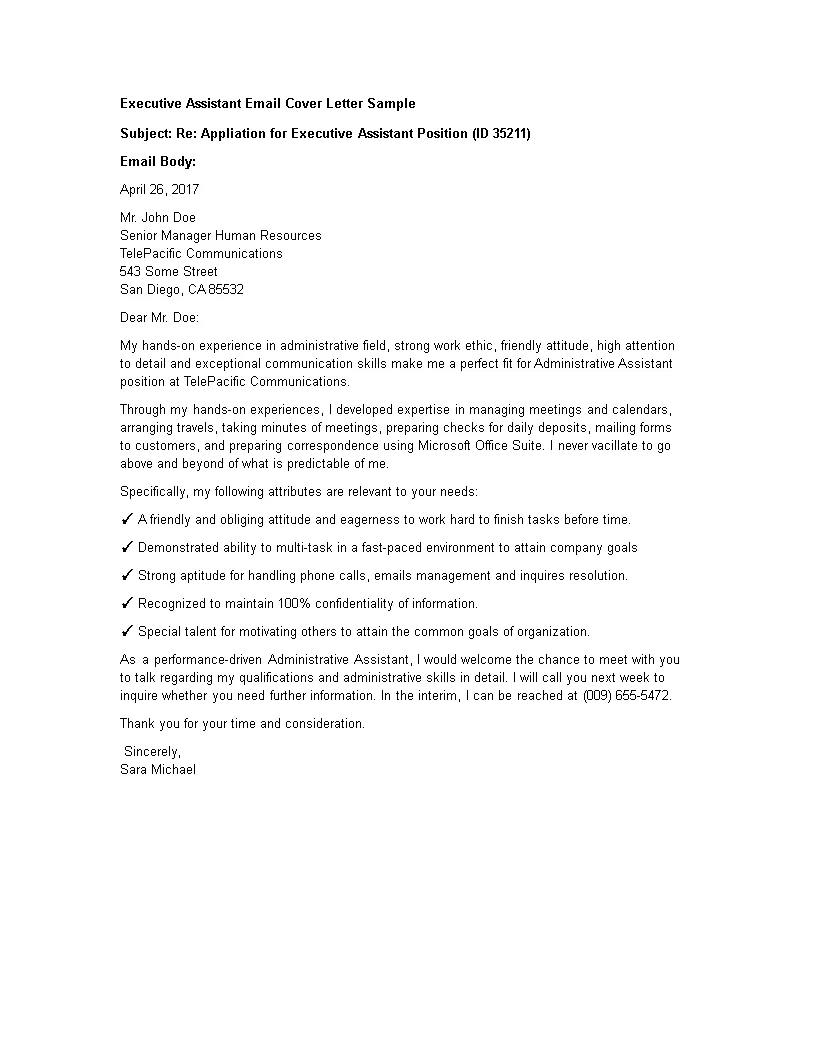Understanding Email Cover Letters
An email cover letter is a concise and professional message sent within the body of an email, serving as an introduction to your resume and application materials. It’s the first impression you make on a potential employer, so it’s crucial to get it right. Unlike a traditional cover letter that is attached as a separate document, an email cover letter is written directly in the email’s body. This format requires you to be even more direct and engaging, as you have limited space to capture the reader’s attention. The goal is to convince the recipient to open your attached resume and consider you for the position. A well-crafted email cover letter demonstrates your communication skills and your genuine interest in the job opportunity. It’s about conveying your value proposition quickly and effectively, highlighting key qualifications and expressing enthusiasm for the role.
Key Components of an Email Cover Letter
A compelling email cover letter consists of several key components, each playing a crucial role in presenting you as the ideal candidate. These components work together to create a cohesive and persuasive message that grabs the reader’s attention and encourages them to learn more about you. From the subject line to the closing, every element must be carefully considered to make a strong impression. By mastering these components, you can craft an email cover letter that effectively communicates your qualifications, enthusiasm, and suitability for the desired role, significantly increasing your chances of landing an interview. Let’s delve into the details of each component to ensure you create an email cover letter that stands out from the competition.
Subject Line Essentials
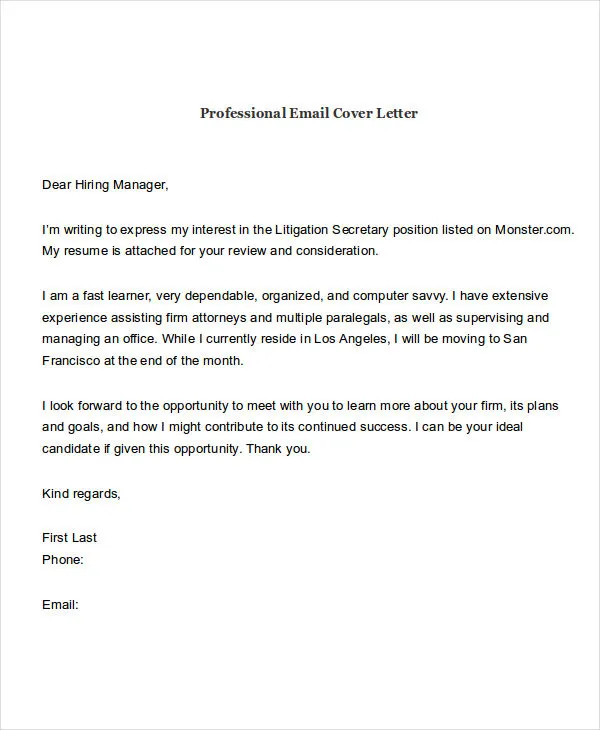
The subject line is the first thing a recruiter sees and determines whether they will open your email. It should be clear, concise, and relevant to the job you’re applying for. Avoid generic subject lines like “Job Application.” Instead, include the job title and your name or the reference number, if provided. For example, “Application for Marketing Manager – John Doe” or “Marketing Position - Ref#1234 - Jane Smith.” This immediately tells the recipient what the email is about and helps them quickly identify the application. Keep it professional and easy to understand, as a well-crafted subject line can significantly increase the open rate of your email and make a positive first impression. Using a specific subject line shows that you’ve paid attention to detail and are serious about the application.
Greeting and Opening
Start with a professional greeting. Use the hiring manager’s name if you know it (e.g., “Dear Mr. Smith”). If you don’t know the name, use a general greeting like “Dear Hiring Manager.” The opening should immediately state the position you’re applying for and how you found the job. Briefly mention why you are interested in the role and the company. For instance, “I am writing to express my interest in the Marketing Manager position advertised on [Platform] and am excited about the opportunity to contribute to [Company’s] goals.” Keep the opening brief and to the point, setting the tone for the rest of the email. A strong opening demonstrates your enthusiasm and highlights your awareness of the specific job opportunity.
Body Paragraph 1 Highlighting Your Value
In the first body paragraph, summarize your most relevant skills and experiences. Focus on the key qualifications that align with the job requirements. Mention specific achievements or accomplishments that demonstrate your value. Use quantifiable results whenever possible to showcase your impact. For example, instead of saying “Managed social media campaigns,” say “Increased social media engagement by 30% in six months.” Tailor this paragraph to the specific job description, highlighting the skills and experiences that the employer is seeking. This paragraph is about making a strong case for why you are the best fit for the role by drawing attention to the qualities that set you apart and show your potential contributions to the company. Highlighting your value at the beginning of your email grabs the reader’s attention and motivates them to read further.
Body Paragraph 2 Tailoring to the Job
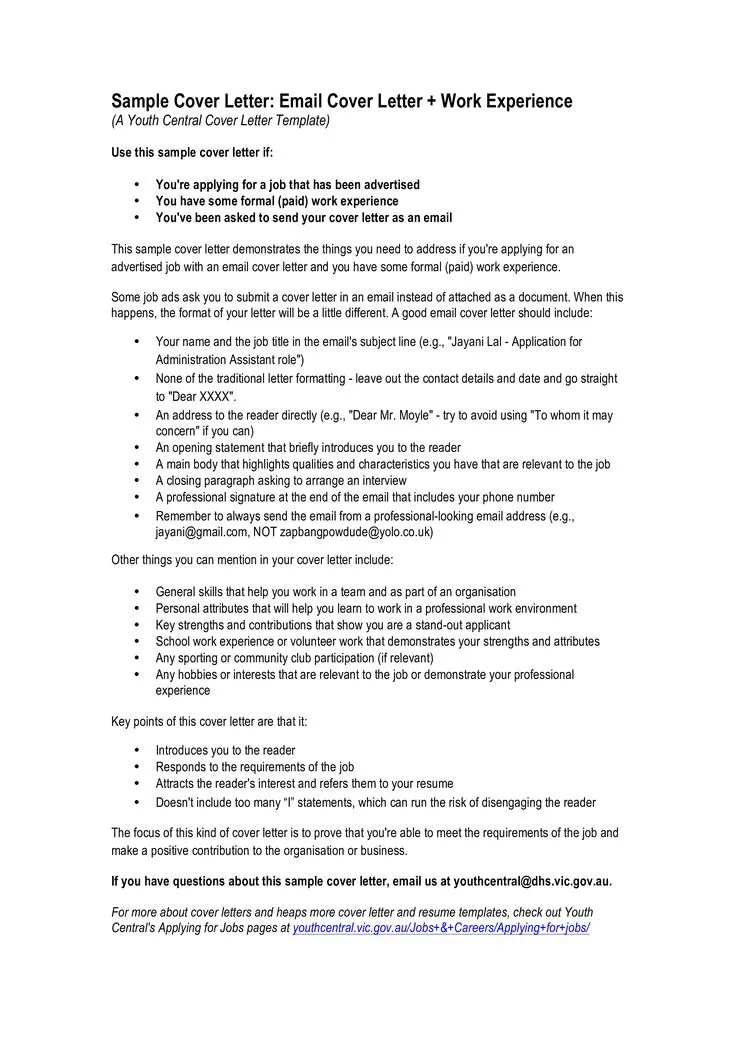
This paragraph should demonstrate your understanding of the company and the role. Research the company’s mission, values, and recent projects. Explain how your skills and experiences align with their needs and how you can contribute to their success. Mention any specific projects or initiatives you’ve worked on that are similar to what the company is doing. Show genuine interest in the company and the role, and how you can help them achieve their goals. Tailor your message to show you understand the company’s needs and are capable of providing innovative solutions. Showcasing a clear understanding of their needs significantly increases your chances of being considered a strong candidate for the position. Demonstrate that you’ve done your homework and that your interests extend beyond simply finding a job.
Body Paragraph 3 Call to Action
Conclude the body of your email with a call to action. Express your enthusiasm for the opportunity and state your availability for an interview. Make it easy for the hiring manager to contact you by providing your phone number and email address. Thank the recipient for their time and consideration. For example, “I am eager to discuss how my skills and experience can benefit your team. I am available for an interview at your earliest convenience and can be reached at [Phone Number] or [Email Address]. Thank you for your time and consideration.” A strong call to action encourages the hiring manager to take the next step and move your application forward. Clear instructions provide an invitation and facilitate future communication.
Closing the Email
Use a professional closing such as “Sincerely,” “Best regards,” or “Thank you.” Avoid informal closings like “Cheers” or “Best.” Before sending, proofread your entire email for any grammatical errors or typos. Ensure your contact information is correct. A professional closing and error-free content reflect your attention to detail and commitment to professionalism. Double-check that your signature includes your name, professional title, phone number, and links to your LinkedIn profile or portfolio. A polished and well-crafted closing leaves a lasting positive impression and makes it easy for the recipient to contact you.
Formatting Your Email Cover Letter
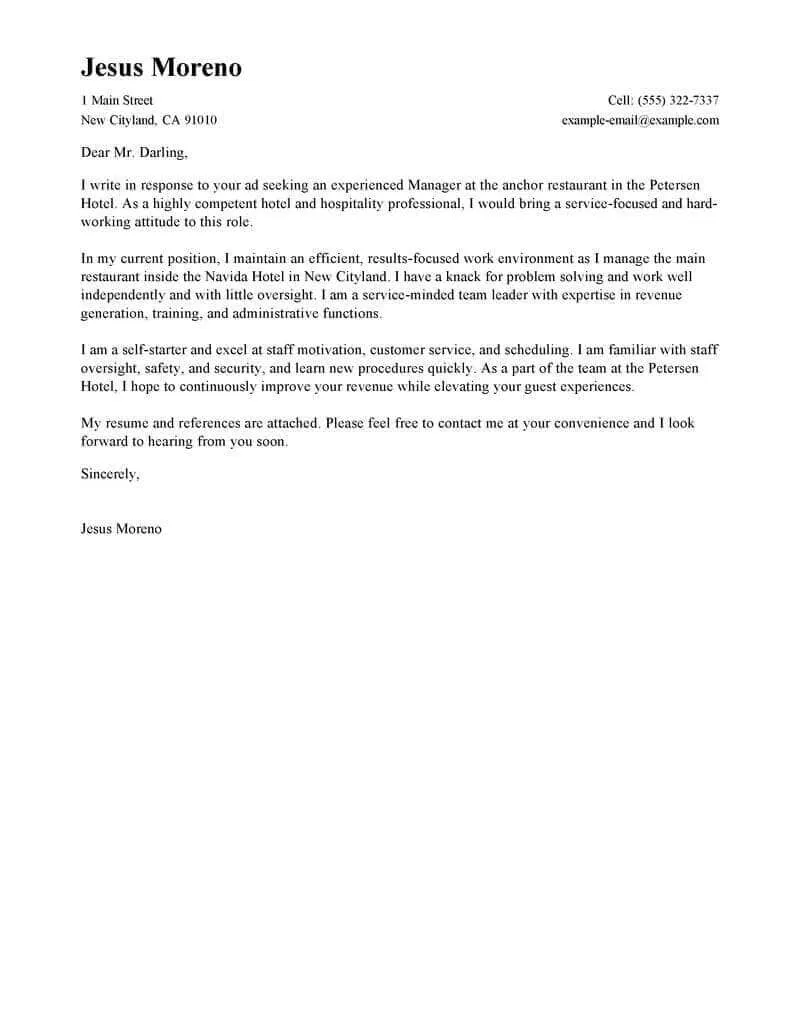
Formatting plays a crucial role in how your email cover letter is perceived. It significantly influences readability and the overall impression you make on the reader. The formatting of your cover letter should be clean, easy to read, and professional. Following these guidelines will help ensure your message is both effective and well-received, demonstrating your attention to detail and professionalism. Correct formatting ensures your message is delivered clearly, conveying a polished image and increasing your chances of getting noticed by a potential employer. Keep in mind that your goal is to make the recipient’s job easy by providing a clear, concise, and engaging message that will effectively represent you and your abilities.
Font Selection and Readability
Choose a professional and easy-to-read font. Common fonts such as Arial, Calibri, Times New Roman, and Helvetica are generally safe choices. Use a font size between 10 and 12 points for comfortable reading. Avoid using decorative fonts or fonts that are difficult to read, as they can distract from your message and make it harder for the recipient to focus on your qualifications. The key is to make it easy for the reader to scan your email. Ensure your font choice is consistent throughout the email, providing a clean and organized look. A readable font enhances the overall professionalism of your message and allows your skills and experience to shine through.
White Space and Paragraphing
Use white space to break up the text and make your email easy to read. Keep paragraphs concise, ideally no more than four to five sentences. Avoid long blocks of text, as they can be overwhelming and discourage the reader from continuing. Use double spacing between paragraphs to improve readability. Use bullet points to highlight key skills, achievements, or responsibilities when applicable. This helps the reader quickly grasp the essential information. A well-formatted email with appropriate white space shows that you respect the reader’s time and are attentive to detail. Proper spacing improves readability and ensures that your key points stand out, capturing the hiring manager’s attention more effectively.
Attachment Best Practices
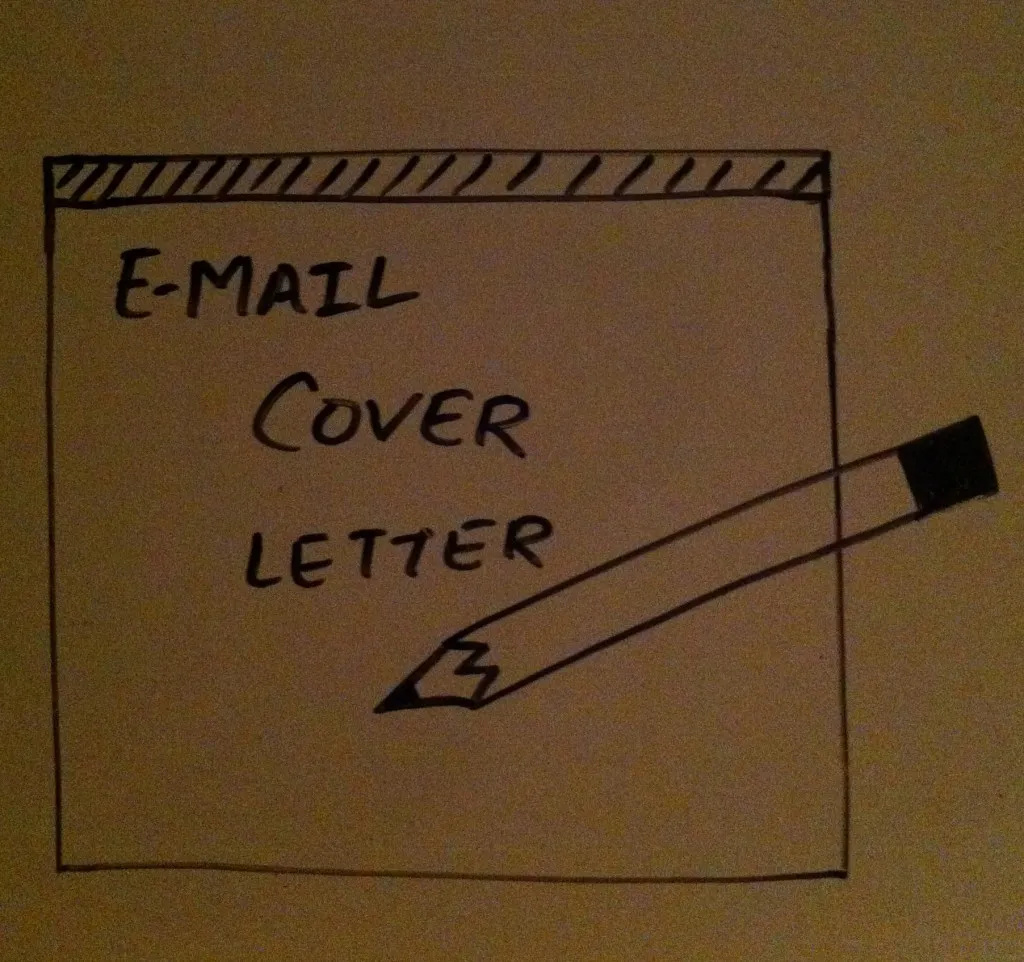
Always attach your resume and any other required documents (e.g., portfolio, writing samples) as PDF files. PDF files preserve the formatting, ensuring that your documents look the same regardless of the recipient’s device or software. Name your attachments clearly, using your name and the document type (e.g., “John Doe - Resume.pdf”). This makes it easy for the hiring manager to identify your documents and keeps your application organized. Make sure all attached documents are up-to-date and error-free. Before sending the email, open each attachment to ensure they are correctly formatted and include all the necessary information. Properly formatted attachments show your professionalism and attention to detail, increasing your chances of a positive impression. Including attachments ensures that the hiring manager has all of the necessary information to consider your application thoroughly.
Email Cover Letter Examples and Templates
Seeing examples can help you craft your own email cover letter. Reviewing different examples will allow you to determine the best structure, tone, and content for your unique situation. Tailoring examples to your specific circumstances is crucial for making the application stand out. Consider your industry, level of experience, and the specific requirements of the job you are applying for. Using these examples as a starting point helps you to create an email cover letter that is both effective and unique. The goal is to adapt the general templates to reflect your value and highlight the skills most relevant to the role, giving you a competitive edge in the job market.
Example 1 Entry-Level Position
Subject: Application for Marketing Assistant – Jane Smith
Dear Hiring Manager,
I am writing to express my strong interest in the Marketing Assistant position at [Company Name], as advertised on [Platform]. I am excited about the opportunity to contribute to your team and further develop my skills in the marketing field.
During my internship at [Previous Company], I assisted in developing and executing social media campaigns that increased engagement by 20%. I am proficient in various marketing tools, including [List Tools], and have a solid understanding of marketing principles and strategies.
I am eager to learn and grow within a dynamic organization like [Company Name]. My strong communication skills and enthusiasm for marketing make me a great fit for this role. I’ve been following [Company Name]’s work in [Industry] and am impressed by [Specific Achievement or Project].
I am available for an interview at your earliest convenience. My resume is attached for your review. Thank you for your time and consideration.
Sincerely, Jane Smith [Phone Number] [Email Address] [LinkedIn Profile URL (Optional)]
Example 2 Experienced Professional
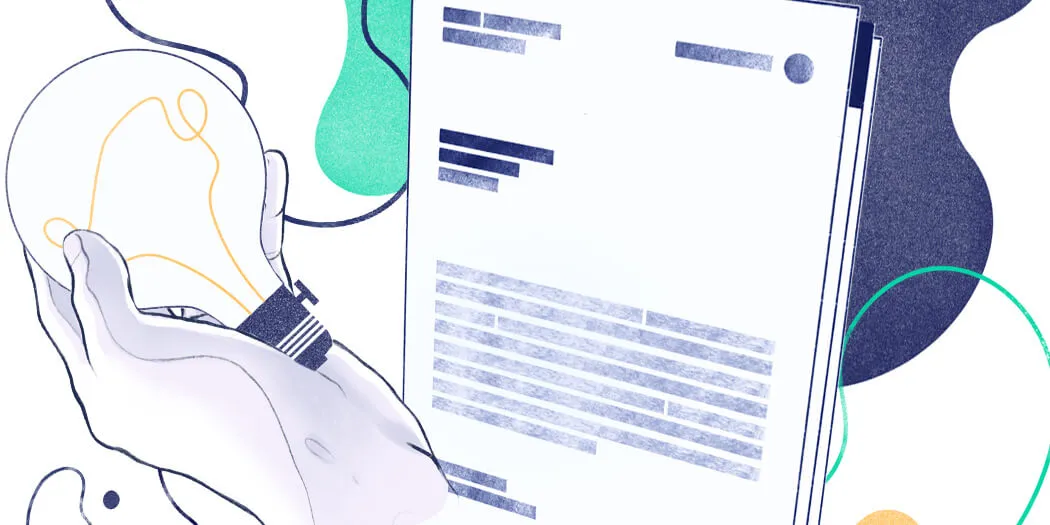
Subject: Application for Senior Project Manager – John Doe
Dear Mr. Johnson,
I am writing to express my interest in the Senior Project Manager position at [Company Name], as advertised on [Platform]. With over ten years of experience in project management, I am confident in my ability to lead and deliver successful projects for your organization.
In my previous role at [Previous Company], I successfully managed projects with budgets of up to $5 million, consistently delivering them on time and within budget. I have a proven track record of implementing efficient project management methodologies and leading cross-functional teams to achieve key objectives. I was specifically responsible for [Specific Accomplishment].
I am particularly drawn to [Company Name]’s commitment to [Company Value or Mission]. I am excited about the prospect of applying my skills to help [Company Name] achieve its goals in [Industry]. I believe the experiences I have with [Previous Company] can be applied directly to this role.
I am available for an interview and welcome the opportunity to discuss my qualifications further. My resume is attached for your review. Thank you for your time and consideration.
Best regards, John Doe [Phone Number] [Email Address] [LinkedIn Profile URL (Optional)]
Example 3 Networking Email
Subject: Networking Inquiry – Jane Smith
Dear Mr. Johnson,
I hope this email finds you well. My name is Jane Smith, and I am a [Your Profession] with [Number] years of experience in [Industry]. I am reaching out because I am impressed by your work at [Company Name] and would appreciate the opportunity to learn more about your career path.
I have been particularly interested in [Specific Area of Interest] and your insights would be invaluable as I continue to build my career. I would be grateful for the opportunity to schedule a brief informational interview or simply connect on LinkedIn to learn more about your experiences.
Thank you for your time and consideration. I look forward to hearing from you. I’ve attached my resume for your convenience and perusal. My objective is to meet and interact with industry leaders such as yourself and learn from their experience.
Sincerely, Jane Smith [Phone Number (Optional)] [Email Address] [LinkedIn Profile URL (Optional)]
